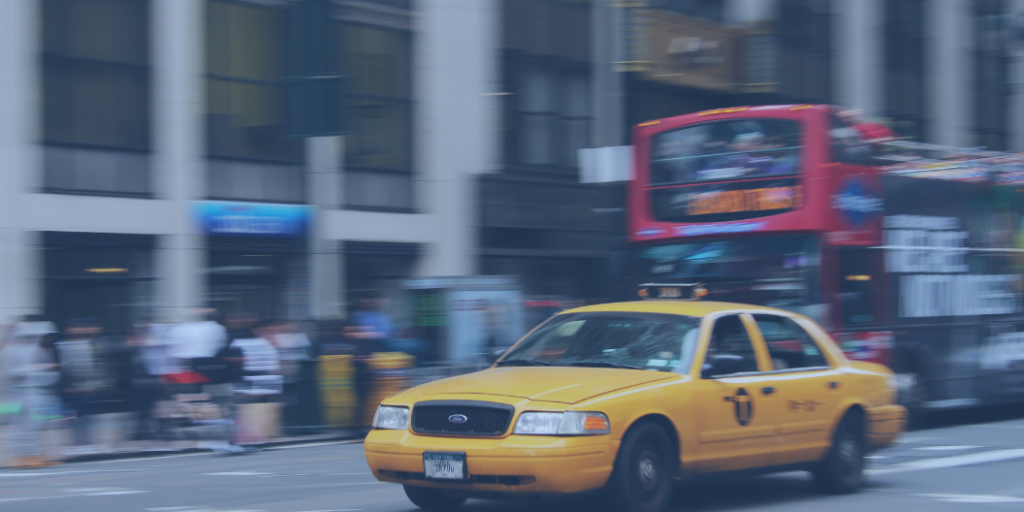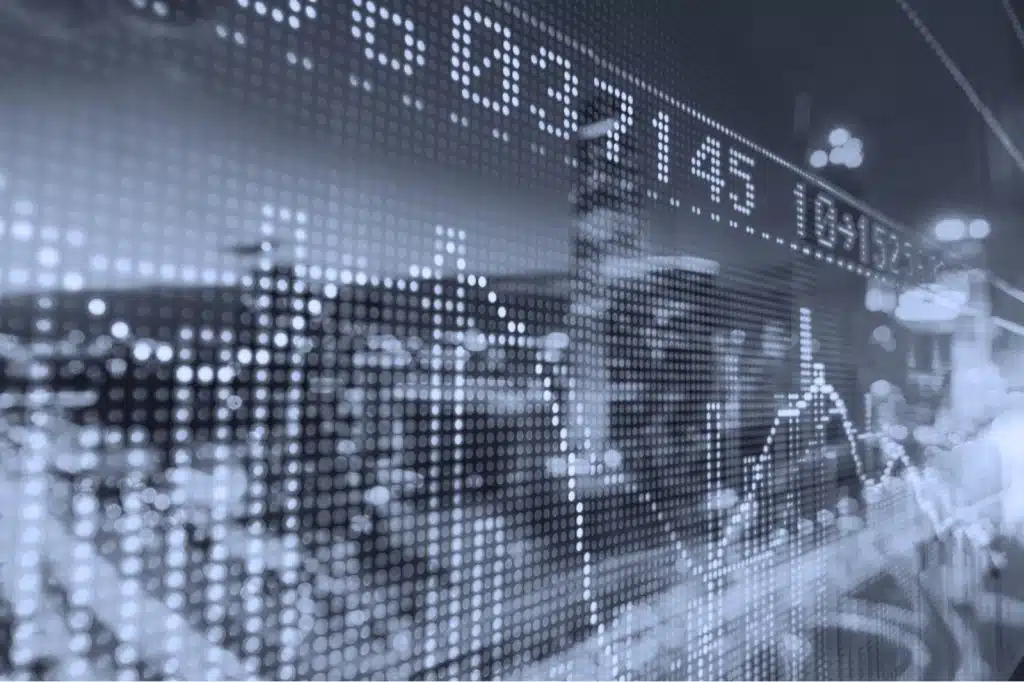There’s a lot of frustration surrounding taxicab surge pricing. Taxi passengers who take a cab during peak hours often see fares that are double non-peak fares. Consumers, who don’t like to pay more than they have to, are outraged by this tactic, which has been adopted by Uber, Lyft, and other taxi service providers.
This dynamic pricing technique essentially looks at supply and demand as it calculates the right surge percentage. Using what they call a surge price multiplier, the non-peak rate is multiplied. The multiplier is based on the current, real-time level of demand. This means that a ride which normally costs $20 during off-peak hours, could cost $30 if the surge price multiplier is 1.5, and could cost $40 later on if demand continues to drive up the multiplier.
Why Do Taxis Assess a Surge Charge?
The taxi’s surge charge is designed to maintain a balance between supply and demand. As the surge price multiplier increases, the number of people willing to pay the surge fee decreases. When done right, the result creates a perfect marketplace, where there are enough taxis to satisfy the demand.
As prices rise in an area, other taxis arrive, increasing the supply of drivers serving the market. The additional drivers increase the supply of rides available, which helps to push the surge price multiplier down.
Taxi drivers are more motivated to drive during peak hours, as the extra fees mean they earn more money. This motivation further helps to increase the supply of drivers during periods of high demand.
How do Taxi Surge Charges Benefit Consumers?
On the surface, consumers are frustrated by surge pricing. In places like New York City, commuters routinely pay different prices for trains for off-peak and on-peak hours. However, train prices are published and set, so riders know what they are expected to pay even if the train is experiencing an unexpected increase in riders on a given day.
However, the surge multiplier, while costing taxi riders more money, ensures that a cab is available whenever they need one. Gone are the days of waiting forever for an empty cab to arrive. In its place, innovative taxi companies have ensured that anyone willing to pay for a cab can get one. For those who don’t want to pay for surge price multiplier increases, they always have the option of finding alternative transportation, or waiting until demand dies and the surge price multiplier returns to 1.










